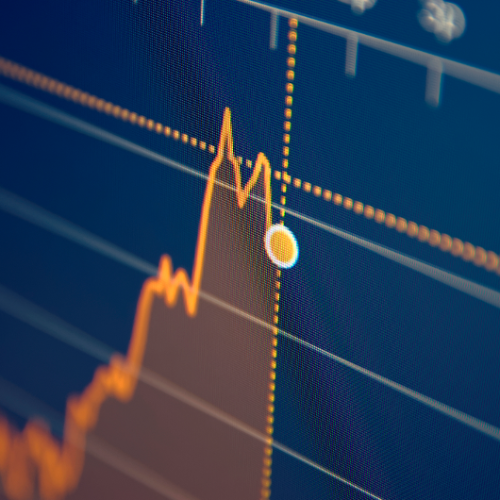
Uranium Still Hot – Get In Now
By: admin
Nuclear energy remains controversial as a power source—to say the least. Some say it is the solution to our energy needs, while meeting zero-carbon targets. Others say it only adds another type of problem for our environment.
Meanwhile, in the world of markets, uranium has been the hottest commodity so far in 2023 (except for orange juice). Its price has soared by 68%, jumping from about $30 per pound in the summer of 2021 to more than $80 today, the highest it’s been since 2008.
Is this just a bubble blown by speculators? The fundamentals say not. Let me explain…
Uranium Demand Growing
Output from nuclear power plants fell by 4% in 2022, largely due to an unusual number of outages in France. Overall output has remained close to the same level it has been since the early 2000s.
But that is changing.
A new conventional reactor, long delayed, has opened in Georgia, with another expected to start up soon. And existing nuclear power plants are benefitting from what amounts to a soft price-floor in the form of credits from the Inflation Reduction Act.
Elsewhere, Japan has restarted some reactors that were closed after the Fukushima accident in 2011. And, importantly, China’s rapid expansion of nuclear capacity continues. China’s latest five-year plan means there will be a 40% increase in its nuclear capacity by 2025.
However, much of uranium’s current strength relates to two factors: geopolitics and mining snafus.
Here are some examples, as pointed out by Bloomberg’s Liam Denning:
Canada’s Cameco (CCJ), the world’s second-largest uranium miner by production, recently scaled back output targets due to a variety of operating issues. Keep in mind that uranium mining is highly concentrated, with just two countries—Kazakhstan and Canada—accounting for almost 60% of overall production.
Meanwhile, a coup in the African country of Niger this summer has hampered uranium mining and processing operations in the seventh-largest producing country. Niger accounts for about 4% of mined supply, and there is a big question mark now over expansion plans there.
Then there is Russia. Before the Ukraine war, Denning relates, Russia’s strategic stockpiles and the prominent role of state-owned Rosatom in the global nuclear industry made it an…
Continue reading at INVESTORSALLEY.com
